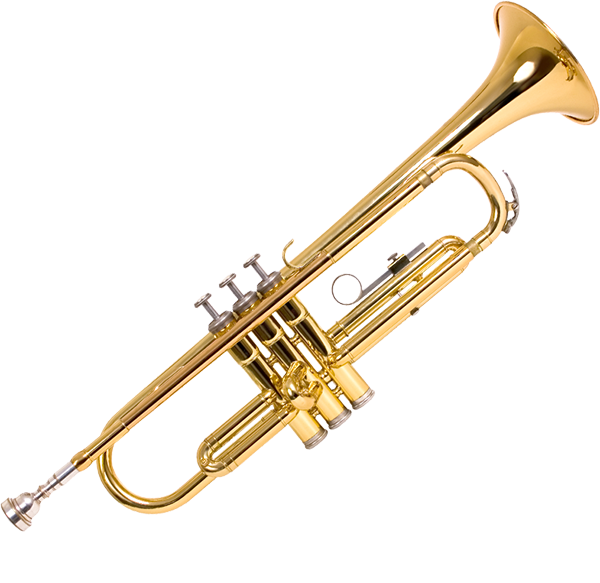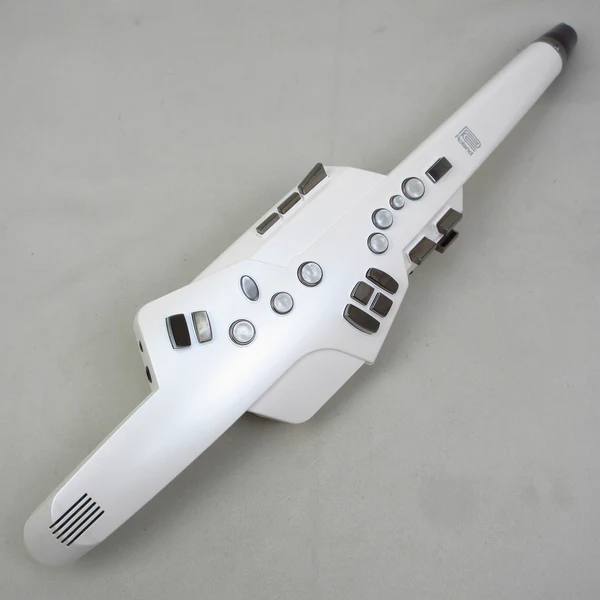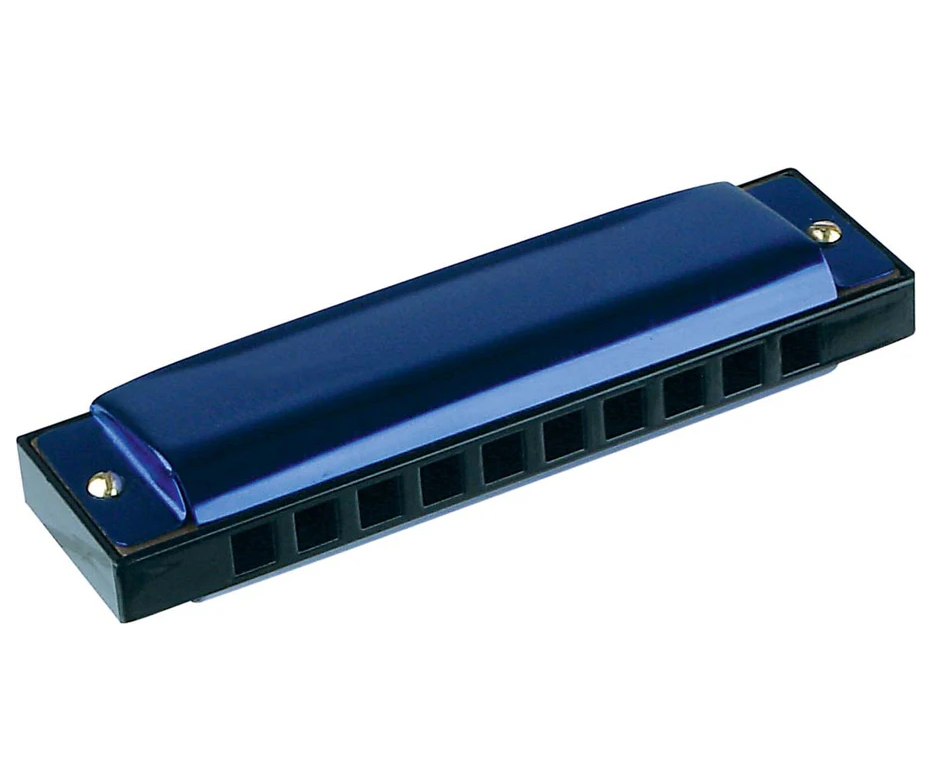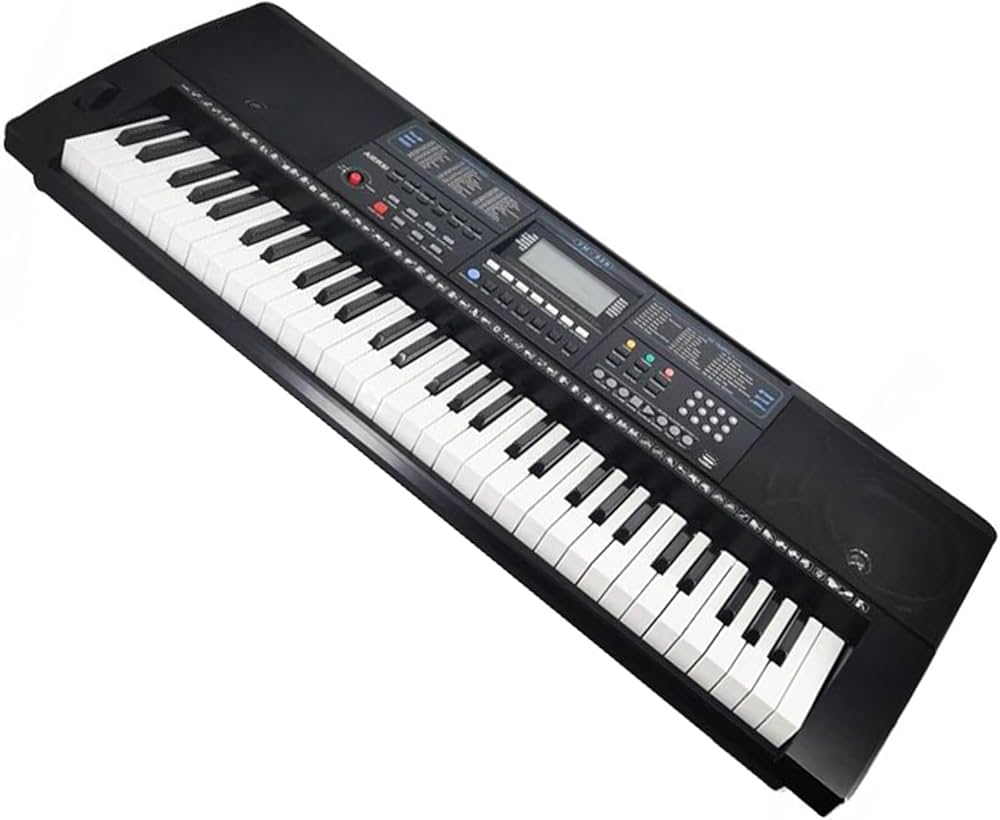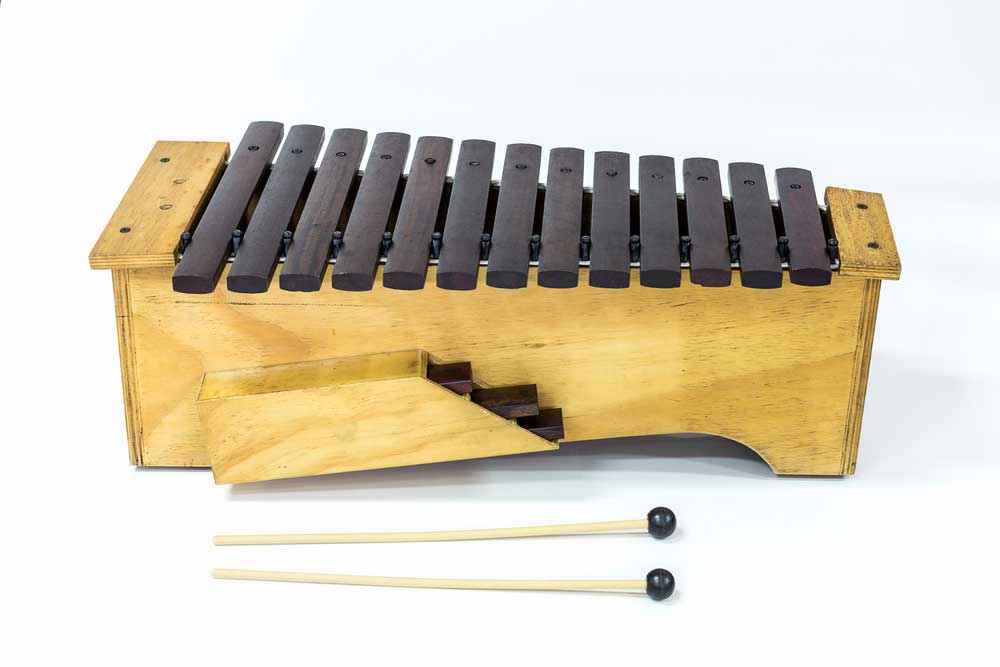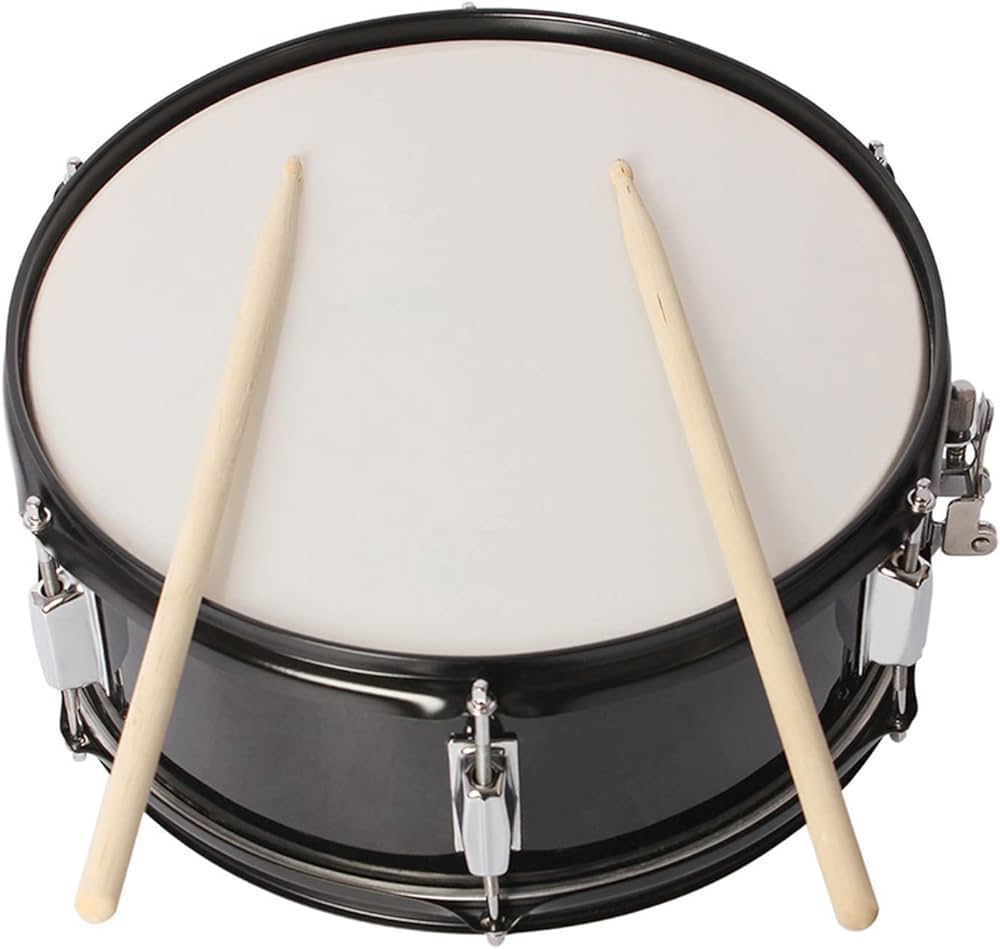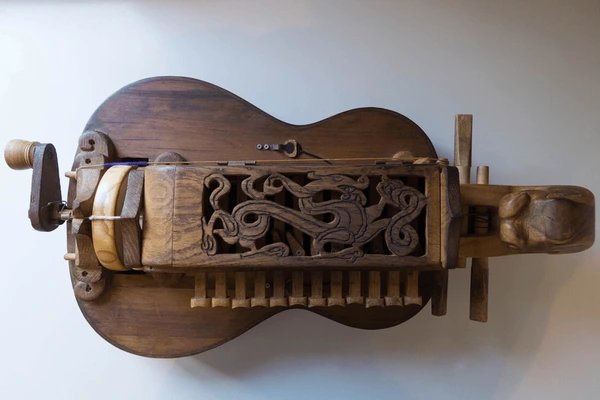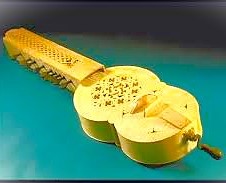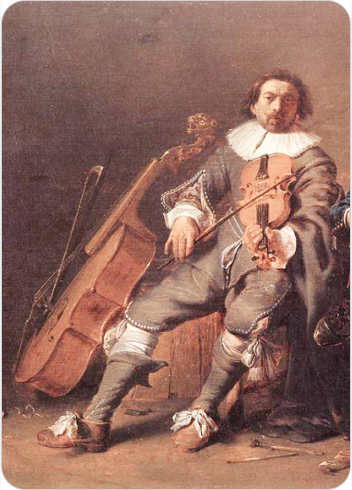Organistrum
Bowed Instruments
Europe
Between 0 and 1000 AD
Video
The Organistrum is a captivating string instrument that holds a significant place in the history of medieval music. Often regarded as an early form of the hurdy-gurdy, the Organistrum offers a unique glimpse into the musical practices of the Middle Ages.
What is the Organistrum?
The Organistrum is a large string instrument that was primarily played by two musicians. One musician would turn a crank to rotate a wheel, which would rub against the strings to produce sound, while the other would manipulate keys to change the pitch. The instrument typically consists of three strings: one melody string and two drone strings. The keys are designed to press against wooden tangents that shorten the vibrating length of the strings, creating different musical notes. The Organistrum is notable for its size and design; it is large enough to rest on the knees of both players, making it a communal instrument that encourages collaboration in performance. This characteristic sets it apart from many other string instruments of its time, which were often played solo.
History of the Organistrum
Origins and Development
The exact origins of the Organistrum are somewhat obscure, but it is believed to have emerged in Europe during the late 10th or early 11th century. The term “Organistrum” derives from Latin roots: “organum,” referring to early forms of harmony, and “instrumentum,” meaning instrument. This suggests that the Organistrum was developed as part of a broader musical tradition that sought to explore polyphonic textures. The earliest representations of the Organistrum can be found in various artworks from this period, including bas-reliefs and illuminated manuscripts. One notable example is found in the abbey of St. Georges de Boscherville in Normandy, where musicians are depicted playing this instrument alongside other medieval instruments.
Geographic Spread
While its precise origins are debated, evidence suggests that the Organistrum was particularly prominent in regions such as France and Spain during the medieval period. It played an essential role in religious settings, accompanying liturgical music and enhancing the overall soundscape of church services. The instrument’s ability to produce sustained tones made it ideal for creating a rich auditory environment during worship. By the 12th century, the Organistrum had become widely recognized across Europe, appearing in various artistic representations that highlight its significance in medieval culture. Its use persisted well into the Renaissance, although it eventually evolved into smaller versions that could be played by a single musician.
How Does the Organistrum Work?
The working mechanism of the Organistrum is quite fascinating. At its core, it operates on principles similar to those found in other string instruments but incorporates unique features that distinguish it from its contemporaries.
Mechanism
Crank and Wheel: The player turns a hand-crank that rotates a wooden wheel covered with rosin (a sticky substance) against the strings. This action creates friction, causing the strings to vibrate and produce sound.
Strings: The Organistrum typically has three strings: one melody string and two drone strings. The melody string produces distinct notes when manipulated by keys or levers.
Keys: The second player uses keys to press down on wooden tangents attached to each string. By doing so, they shorten the vibrating length of each string, allowing for different pitches to be produced.
Sound Production: As both players work together—the crank-turner generating sound while the key-player changes pitches—the result is a harmonically rich performance that can accompany various types of music.
Types of Organistrum
While there are no widely recognized subtypes of the Organistrum as seen with other instruments, variations exist based on size and construction materials. Early models were larger and required two players due to their design. Over time, smaller versions emerged that could be played by a single musician but retained some characteristics of their larger predecessors.
Features of the Organistrum
The Organistrum boasts several distinctive features that contribute to its unique sound and functionality:
- Size: The instrument is notably larger than many other string instruments, requiring two players for optimal performance.
- Construction: Typically made from wood, with intricate carvings reflecting medieval craftsmanship.
- String Configuration: The presence of three strings allows for both melody and drone effects.
- Key Mechanism: The use of keys or levers makes it possible for musicians to create complex harmonies while maintaining a steady drone.
- Cultural Significance: As an important instrument in religious settings during medieval times, it played a vital role in shaping liturgical music practices.
Music Composed with the Organistrum
The music produced by the Organistrum is primarily rooted in medieval traditions. It was often used to accompany sacred music within church settings, where its ability to create sustained sounds complemented Gregorian chants and other liturgical compositions.
Types of Music
Liturgical Music: The primary use of the Organistrum was within religious contexts, providing harmonic support for choral singing during services.
Folk Music: In addition to sacred music, some folk traditions incorporated the Organistrum into their repertoire, particularly in regions where it was popularized.
Polyphonic Compositions: As composers began experimenting with polyphony during the late medieval period, instruments like the Organistrum facilitated these developments by allowing for multiple melodic lines to be performed simultaneously.
Dance Music: Although less common than sacred music applications, some dance tunes were also played on this instrument during festive occasions.
Significance of the Organistrum
The significance of the Organistrum extends beyond its musical capabilities; it serves as an important cultural artifact that reflects broader historical trends within medieval Europe.
Cultural Impact
Religious Influence: The Organistrum’s role in religious ceremonies highlights its importance in shaping liturgical music practices during a time when such traditions were central to community life.
Artistic Representation: Its frequent depiction in medieval art underscores its status as an emblematic instrument within European culture.
Musical Innovation: As one of the earliest forms of hurdy-gurdy-like instruments, it paved the way for subsequent developments in stringed instruments throughout Europe.
Preservation Efforts: Today, there is renewed interest in historical instruments like the Organistrum among musicians and scholars alike who seek to revive traditional practices and explore their relevance in contemporary music-making.
The Organistrum stands as a testament to medieval innovation and musical collaboration. Its unique construction and communal playing style reflect cultural values from an era rich with artistic expression and spiritual devotion. As we continue to explore our musical heritage through instruments like the Organistrum, we gain valuable insights into our shared history and cultural identity.
FAQ
What materials were used to make the Organistrum?
The Organistrum was typically crafted from wood, often utilizing spruce or maple for its body. Its strings were made of gut or metal, and its wheel was constructed from hardwood. The craftsmanship was detailed to ensure resonance and tonal quality.
What kind of music was played on the Organistrum?
The Organistrum was primarily used for medieval sacred music, particularly in monastic and ecclesiastical settings. It played sustained drone notes and harmonies, accompanying vocal chant and polyphonic compositions.
How is the Organistrum different from other instruments?
The Organistrum is a predecessor to the hurdy-gurdy, designed for two players: one turned the crank, and the other manipulated the keys. Its unique design made it suitable for early polyphonic music but less versatile than modern stringed instruments.
 Links
Links
References
Other Instrument
Categories

